Snapshots in Lighting History

Remembering the EPA Green Lights Program
Back in the early 1990’s, there was a movement taking place that was shining a light on global warming, pollution reduction, and environmental activism.
The US Government mobilized to develop programs that would influence businesses and consumers to reduce energy and spread the message of energy efficiency. In 1991, the US Environmental Protection Agency created a program that would usher in the modern energy efficiency movement and transform the entire lighting industry.
The program was called Green Lights and was a testament to collaboration between the Government and the business community. In its first year, the program was run on a shoestring (by government standards) budget of $1.4 million with only 2 staffers. In its first few years, the program enlisted

The Father of Phototherapy and the Finsen Light
In 1903, Niels Ryberg Finsen was awarded the Nobel Prize for his invention of light therapy for skin tuberculosis (lupus vulgaris). His breakthrough research on the effects of light on humans has earned Finsen the moniker of the Father of Phototherapy.
During medical school he became interested in the effects of light on living organisms. In 1893 Finsen found that lengthy exposure of smallpox sufferers to the red light formed by exclusion of the violet end of the spectrum prevents the suppuration of the pustules, or formation of characteristic pockmarks.
Aware of the bacteria-destroying effects of sunlight, he developed an ultraviolet treatment for lupus vulgar, a form of skin tuberculosis, which met with great success.
Although phototherapy has largely been

First Lighted Indoor Hockey Match
It’s commonly accepted that Canada has a love affair with ice hockey. From pond hockey rinks to large indoor NHL arenas, Canadians flock to play and watch their National winter pastime.
On March 3, 1875 hockey moved indoors for the first time with the help of 500 gas-jet lighting fixtures set inside colored glass globes that illuminated the 204-foot by 80-foot ice surface. The building was the Victoria Skating Rink in Montreal, Quebec Canada. At a later date the lighting would be converted to electric making it one of the first electrically lit buildings in all of Canada.
The Victoria Skating Rink would go on to host the first Stanley Cup Playoff games in 1894 and many National and international hockey and
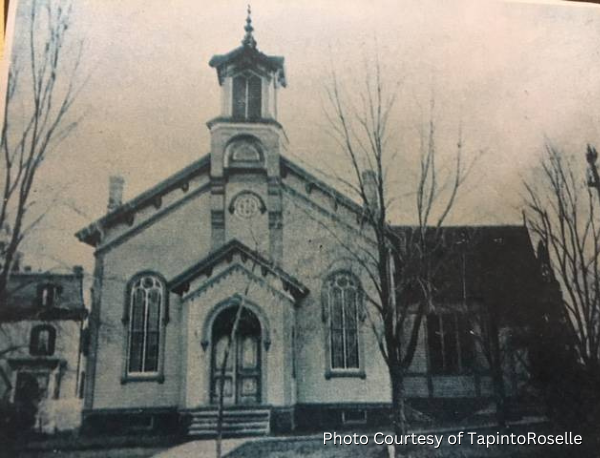
First Incandescent Light Installed In A U.S. Church
The First Presbyterian Church of Roselle, NJ, was selected by Thomas Edison in 1882 to be the first church to install and test his incandescent electric light fixture called an Electrolier. The fixture is a chandelier consisting of brass sections supporting 30 incandescent lights in an inverted dome formation with milk glass reflectors. It hung in the church’s sanctuary and provided illumination until December 16, 1949, when a fire damaged it and destroyed the chapel, which was later rebuilt.
The Electrolier was restored in 1968 and still hangs in the church’s choir area today.
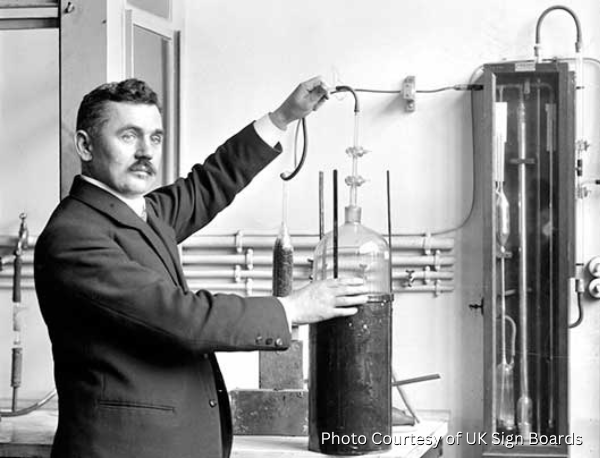
Georges Claude: Neon Pioneer
In 1912, after years of experimentation with gases and tubes, lighting inventor and neon pioneer Georges Claude discovered the perfect commercial application for his neon tubes: Advertising Signs. That year Claude installed the first-ever neon advertising sign in a Parisian barbershop on the Boulevard Montmartre.
A large rooftop sign for Italian vermouth maker Cinzano soon followed, along with neon illumination for the entrance of the Paris Opera House. Making the most of his invention, Claude started a new company called Claude Neon and began selling franchises for an unheard of $100,000 plus royalties. Dozens of these franchises opened around the world, especially in major American cities.
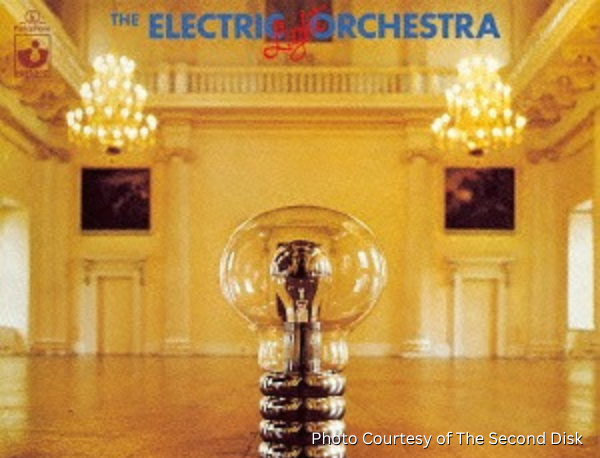
Electric Light Orchestra: Light Rock or Not?
Formed in Birmingham, England, in 1970, Electric Light Orchestra (ELO) released their eponymous debut album in 1971, and they produced hits such as “Mr. Blue Sky,” “Evil Woman,” “Telephone Line,” and “Don’t Bring Me Down.” What does this have to do with lighting history? Well, it’s right in the name, of course. Right?
The band took its name because they were combining traditional electric rock instruments, along with strings and orchestral instrumentation.
In the U.K. throughout the 1960s, “Light Orchestras” were smaller groups performing orchestral pieces centered around symphonies, concertos, operas, and more. “Light Music” groups were often dubbed “easy listening” music.
So, while many have assumed ELO’s name was due to their blinding light show and their stage lighting theatrics, it was

The First Night Space Shuttle Launch
On the evening of August 30, 1983 the Space Shuttle Challenger and her crew thundered into the night sky as it left the high-pressure xenon light illuminated launch pad of Florida’s Kennedy Space Center. This was NASA’s second night launch (the first was Apollo 17 in 1972).
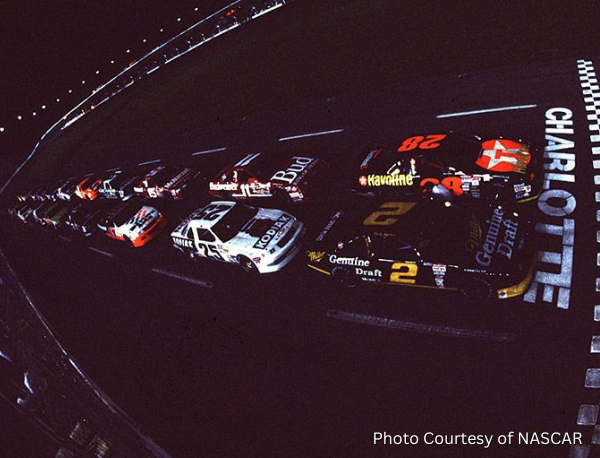
“One Hot Night” NASCAR Under the Lights
Billed as “One Hot Night,” the 1992 NASCAR All-Star Race at Charlotte Motor Speedway was the first superspeedway race run at night, thanks to a new $1.7 million lighting system installed at the 1.5-mile track.

X-Rays Discovered By Accident in 1895
Wilhelm Roentgen, Professor of Physics in Wurzburg, Bavaria, discovered X-rays in 1895—accidentally—while testing whether cathode rays could pass through glass. His cathode tube was covered in heavy black paper, so he was surprised when an incandescent green light nevertheless escaped and projected onto a nearby fluorescent screen. Through experimentation, he found that the mysterious light would pass through most substances but leave shadows of solid objects. Because he did not know what the rays were, he called them ‘X,’ meaning ‘unknown,’ rays.
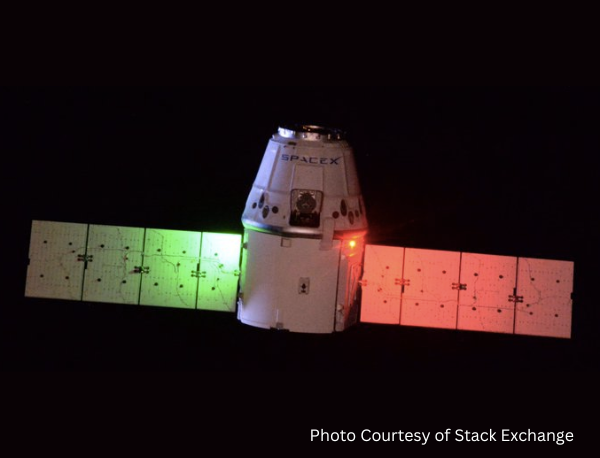
Spacecraft Navigation Lighting
In 2011, ORBITEC (Orbital Technologies Corporation) developed the first light-emitting diode (LED) system for use as running lights on spacecraft. Currently, Cygnus spacecraft, which are uncrewed vessels designed for cargo transport to the International Space Station, utilize a navigational lighting system consisting of five flashing, high-power LED lights. The Cygnus displays a flashing red light on the port side of the vessel, a flashing green on the starboard side of the vessel, as well as two flashing white lights on the top and one flashing yellow on the bottom side of the fuselage. These lights are used by the ISS Crew to visually verify the orientation and position of the spacecraft during orbital nights when rendezvous and approach are in progress. The flashing capture lights become visible to the ISS crew at distance

The Argand Oil Lamp
The Argand lamp is a type of oil lamp invented in 1780 by Aime Argand and was extremely unique at the time. His wick consisted of a flat ribbon, shaped like a cylinder, sitting in a reservoir of oil, with two concentric metal tubes inside and outside. Once lit, air was drawn up by convection on both sides of the wick resulting in a truly brilliant, smokeless flame. With a hard glass tube on the outside, the lamp was as bright as eight or ten candles. It was also far safer because the flame was enclosed. It was the brightest lamp that had been invented over the 2000 years of lighting at that time.
Photo courtesy of Charles Winston Peale.

The First Halogen Lamp
The first lamp to use halogen gas (chlorine) was patented in 1882, but the first commercial halogen lamp that used iodine as a halogen gas wasn’t patented until 1959 by General Electric. It was developed by Elmer Fridrich and Emmet Wiley, who worked at General Electric, and were experimenting with heat lamps, trying to find a way to raise incandescent lamp temperatures while reducing the bulb wall blackening. They found that by adding iodine, they were able to produce an intense, natural-looking light. For their breakthrough they were rewarded with $100 in GE stock.